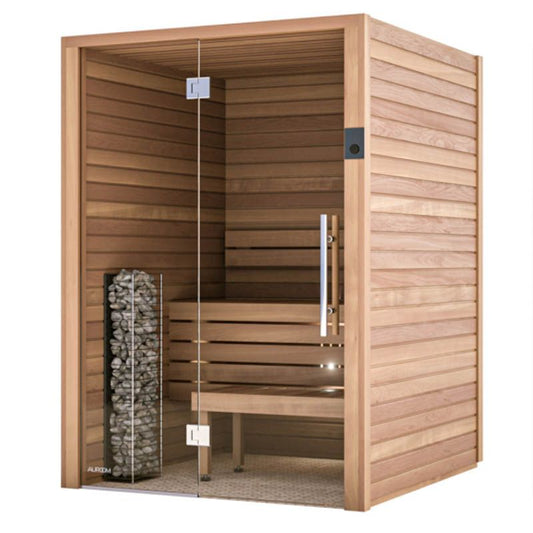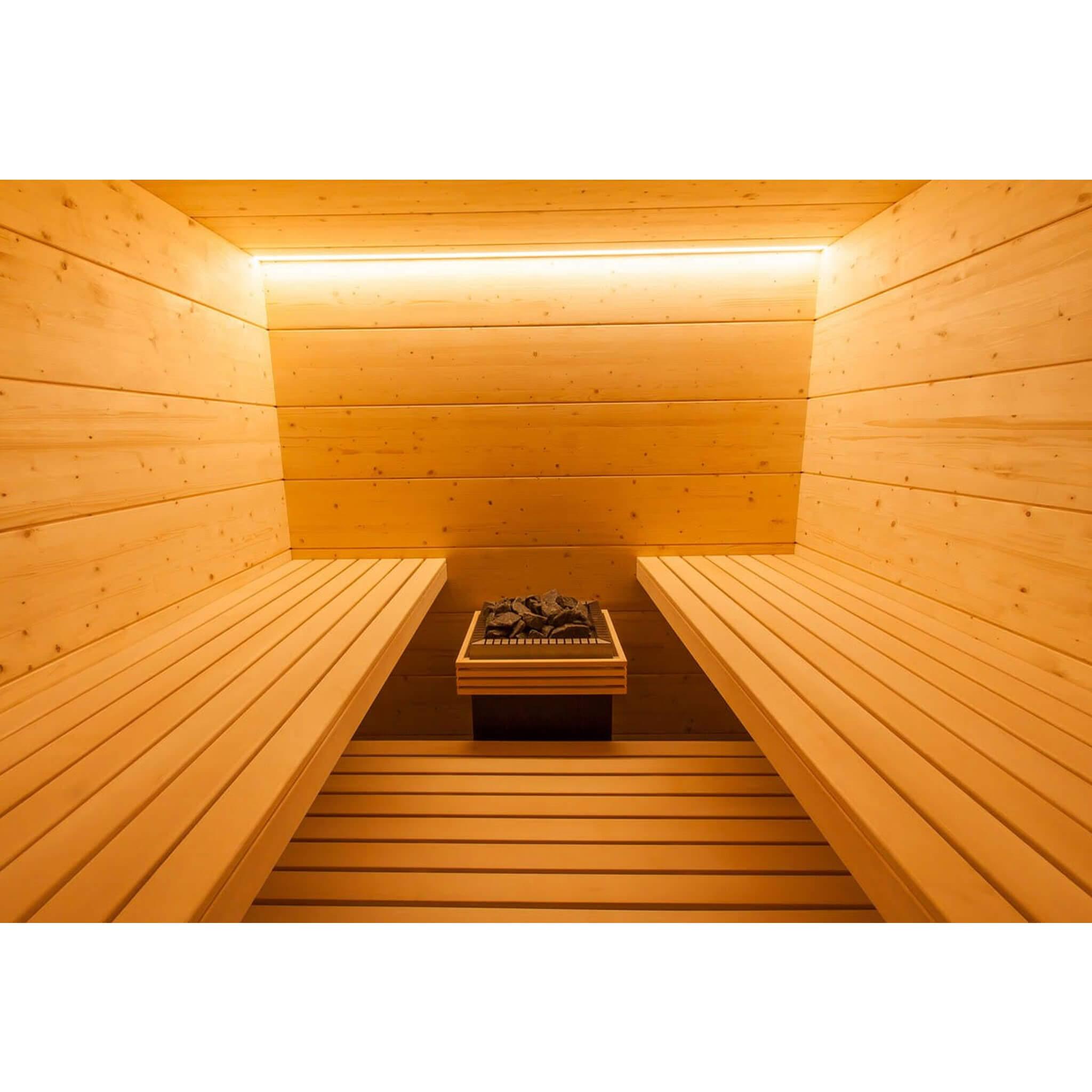Not known Facts About Traditional Sauna
Not known Facts About Traditional Sauna
Blog Article
The Best Guide To Traditional Sauna
Table of ContentsThe smart Trick of Traditional Sauna That Nobody is DiscussingAll About Traditional SaunaWhat Does Traditional Sauna Do?The Traditional Sauna Diaries
Most of the weight lost in a sauna is water loss and is re-gained upon rehydrating. Without a question sauna can be an important part of a healthy weight loss program. To look at the distinctions in between standard and IR saunas, I will certainly separate these into verifiable, academic, and made distinctions.Hence, the hottest point in the saunawhich is at the ceiling straight above the sauna heateris typically between 185 and 190 F. Traditional Sauna. Claims that a conventional sauna exceeds 200 F is simply not real and not appropriate for electric saunas marketed in the US. The temperature for a far-infrared sauna is typically set between 120 and 140 F; nonetheless, unlike the typical sauna, the goal in and IR area is not to attain a high temperature
Due to the fact that of this, the temperature level distinction is practically unimportant, since profuse sweating results in both sauna kinds, but the approach of warming the body is various. In an IR sauna the bather will certainly really feel hot and will sweat a lot, however at a lot lower temperature levels. Therefore, if the objective is to spend longer periods of time in the sauna, the IR sauna is a good choice.

The Of Traditional Sauna
When the high temperature level is achieved, the elements cycle on and off to maintain the heat. The majority of conventional sauna individuals take pleasure in putting water over the rocks to produce vapor to elevate sauna moisture degrees. The benefits of pouring water over the rocks consist of: making the area more comfy, dampening the nasal flows, and enabling the usage of aromatherapy by mixing necessary oils with the water.
In a far-infrared sauna, the warm waves pass through the body to properly heat the body and increase the body core temperature. To achieve this boosted temperature level, Far-infrared emitters develop infrared energy which is close to the exact same wavelength as that which the body naturally emitsoften referred to as the "Crucial Variety" of 7 to 14 microns), so the power is well gotten by the body.
When the power gets in the body, it triggers the body temperature to raise and ultimately leads to sweat. In an infrared sauna it is necessary for the emitters/heaters to stay on practically frequently. Since there is no mass of rocks to maintain warmth, the sauna will certainly cool if the emitters turned off.
As discussed above, the sauna bather in an infrared room intends to position himself in front of running emitters to obtain maximum benefit from the warmth. The heating time for the two areas can be extremely various, depending on just how the spaces are used. For a conventional sauna, a bather must allow 30-40 mins for the area to accomplish a desired temperature and to properly pre-heat the rocks.
The Basic Principles Of Traditional Sauna
A well created sauna will typically achieve a temperature of 150-160 F in about 30-40 mins (Traditional Sauna). For hotter temperatures, the space might need to heat for a longer period. Once the space attains set temperature, the heating system will cycle on and off, normally operating concerning 50% of the time. The insulated wall surfaces and the heated rocks will certainly maintain the room hot and at stable temperature levels.
To some, 15 minutes was "thrown away" while the infrared power heated up the timber panels instead of heating a body, while others discover a pre-heated space to be a lot more comfy and believe a raised beginning temperature is essential to start sweating. The size of suggested usage for each area is approximately the same (10-15 minutes per session); nevertheless, because of the lower air temperatures and the capacity to feel the wikipedia reference effects of infrared heat faster than a conventional sauna, it is not uncommon for an individual to invest an overall of 20-30 minutes in an infrared sauna.
Conventional saunas often tend to be bigger (thus utilize more power) than infrared saunas, although typical saunas are absolutely available in one index and two individual sizes. For a two-person traditional sauna, 5x6 or 5x7 dimension is most preferred. The top bench can conveniently seat two or 3 people and is additionally long enough to relax throughout the sauna session.


The ordinary expense per kWH of electricity in the united state is around $0.11, so a 4.5 kW heater will set you back around $.50 to run for one hour, if the heating system runs continuously for one hour. Typically a sauna heating unit will compete 75% of the first hour and 50% of succeeding hours on since the aspects cycle once the established temperature level is visit this website attained.
The Buzz on Traditional Sauna
A 2 individual far-infrared room is typically literally smaller than a standard sauna, usually about 4' x 4' or smaller. The IR heating system is typically 1.5-1.7 kW using a 120 volt 15 amp plug-in solution. Considering that the area can be used quicker than a sauna space, we will assume the space is utilized for to of an hour including warm up time.
There is a seldom discussed difference in the social experience in between the two spaces. While our society has lost some of the social benefit of the standard sauna experience, it can be really socially rewarding. From family time in the sauna, to heart-felt conversations with loved ones, to sauna partiesthe traditional sauna experience can lead to intimate socializing.
Many greater end infrared areas include tinted light therapy, audio systems and full-glass fronts.
Report this page